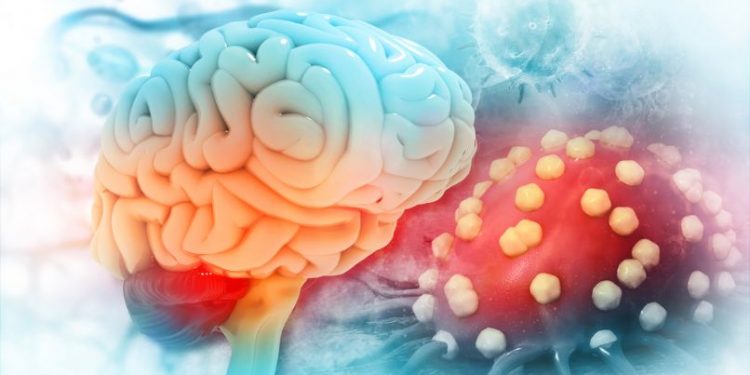Glioblastoma tumor is one of the most aggressive brain cancers. It’s a malignant (cancerous) brain tumor that starts in the glial cells, which are responsible for supporting nerve cells in your brain and spinal cord. Glioblastoma can spread to other parts of your brain or spinal cord, and it can be difficult for doctors to remove.
Your symptoms may include a headache, weakness on one side of your body, memory problems and difficulty thinking and speaking. You might also have trouble sleeping. Almost everyone who has a glioblastoma tumor needs full-time care from others, and it can be depressing to have this condition.
Glioblastomas are rare, and they affect about 14,000 people in the United States each year. They are most common in older adults, with the average age of diagnosis being 64. Men are more likely to get them than women.
There are different types of glioblastomas, but they all start in glial cells. Some glioblastomas grow quickly, while others are less aggressive. Doctors use a grading system to describe how fast a tumor grows, and grade 4 is the most serious.
The tumors are named based on their appearance under a microscope, and the type of cell they start in. Glioblastoma multiforme is a highly varied tumor, and it contains a mix of different kinds of glial cells. The tumours are invasive and hard to completely remove, because the cells invade surrounding brain tissue and the blood-brain barrier prevents certain treatments from reaching the tumor.

It’s not clear what causes glioblastoma, but it’s usually due to changes, or mutations, in the genes that control how the cells behave. These mutations lead the cells to grow and divide without control or order. Glioblastoma most often starts in astrocytes, which are the most common kind of glial cell. Less commonly, it starts in oligodendrogliomas or ependymomas.
Doctors divide glioblastomas into two main types: primary and secondary. Primary glioblastoma is the most common form of the tumour. It develops directly from glial cells and grows faster than other types of gliomas. Sometimes a lower-grade glioma, such as a low-grade astrocytoma, can develop into a glioblastoma over time. This is called secondary glioblastoma.
The risk of a glioblastoma rises with age, and the chances increase even more when someone has a family history of brain tumors or other forms of cancer. Other risk factors include prior radiation to the head, and some hereditary syndromes, such as Li Fraumeni syndrome and von Recklinghausen’s Disease. Glioblastoma is more common among white people than black, Asian or Indigenous people. This could be because it’s more common in people who live longer, so they have more exposure to cancer-causing substances. It’s also thought that genetic mutations are more common in white people. Glioblastoma cannot be prevented, but there are things that can help reduce your risk of getting it.










